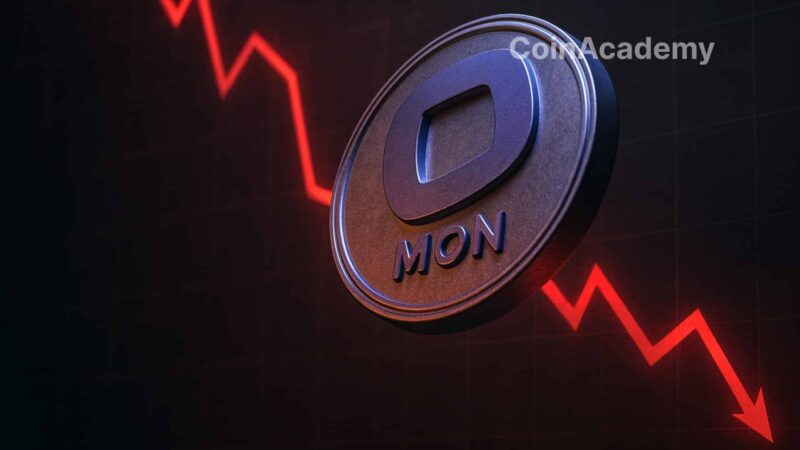Representative Tom Emmer has criticized the Department of the Treasury for its approach as a ‘self-proclaimed savior’ regarding cryptocurrency regulation recommendations.
The Treasury has proposed new sanctions and strengthened its authority, particularly over dollar-backed stablecoins operating outside of the United States.
Senator Cynthia Lummis has taken a more measured approach, considering discussions on the Treasury’s recommendations, especially on mixers.
Emmer’s Critique on Treasury Control
Beware of the self-proclaimed savior who comes riding on a white horse and tells you that they are here to protect you.
Tom Emmer
Representative Tom Emmer, a member of the House Financial Services Committee, strongly criticized the US Department of the Treasury for its desire to strengthen its authority over the cryptocurrency industry. During the Blockchain Association Summit, Emmer expressed concerns about the Treasury’s approach, comparing it to a ‘self-proclaimed savior’ and questioning the necessity of such intrusive measures.
In its recommendations, the Treasury suggested new sanction tools and strengthened authority, particularly over dollar-backed stablecoins operating outside of the United States. Deputy Secretary Wally Adeyemo stressed the need to prevent terrorists from taking advantage of platforms offering dollar-backed stablecoins, especially those not based in the United States.
Measured Response from Senator Lummis
Senator Cynthia Lummis, a member of the Senate Banking Committee, took a more measured stance when questioned about the Treasury’s proposal. She expressed her intention to carefully examine the recommendations regarding mixers to see if a compromise could be reached with the Treasury.
While some in Congress express concerns about the expansion of the Treasury’s regulatory power, others seek a balance between consumer protection and innovation in the cryptocurrency sector. This ongoing dynamic continues to shape the debate on the best way to integrate blockchain technology and cryptocurrencies into the existing regulatory framework.




